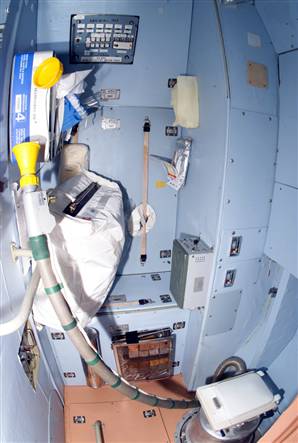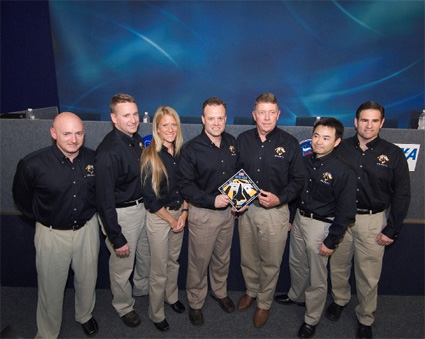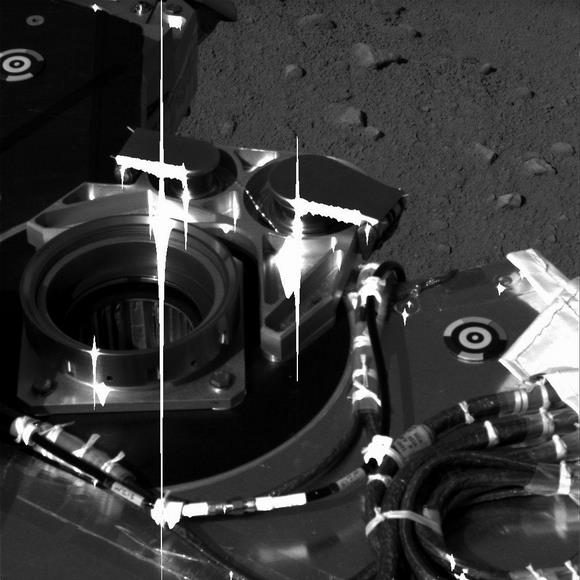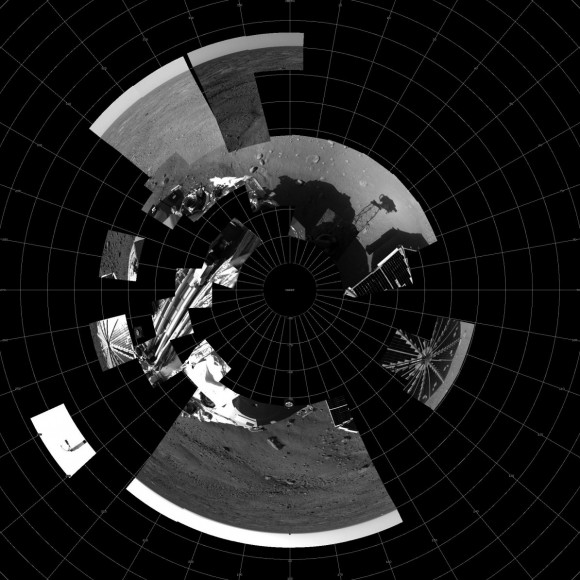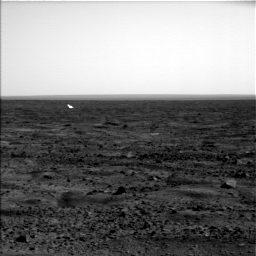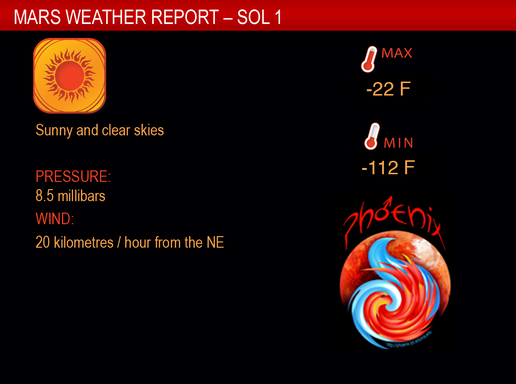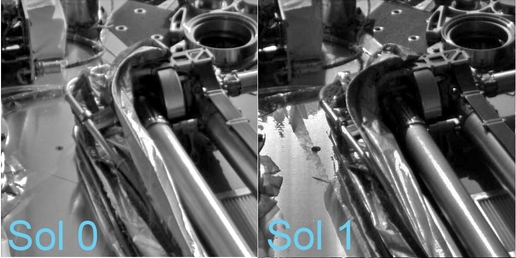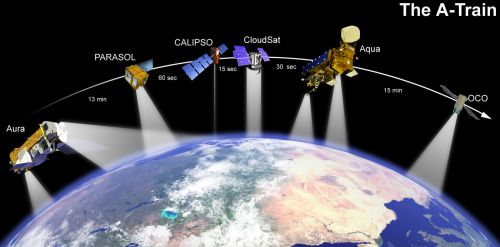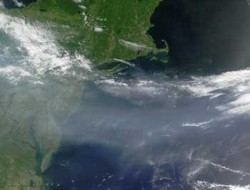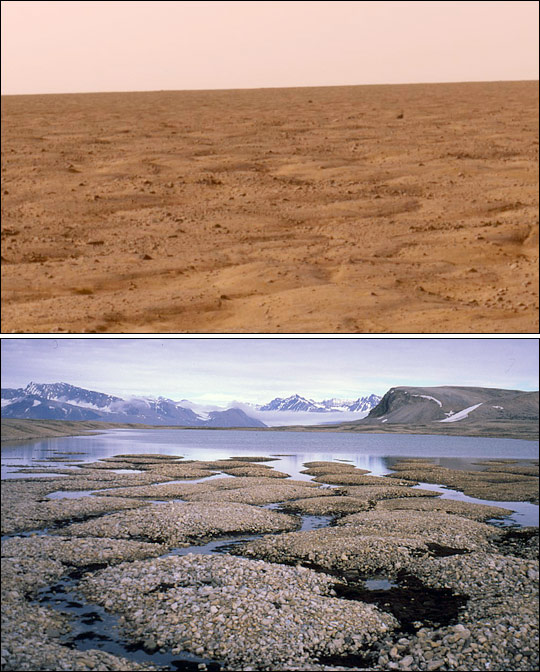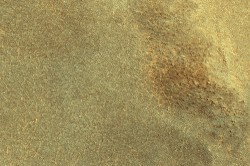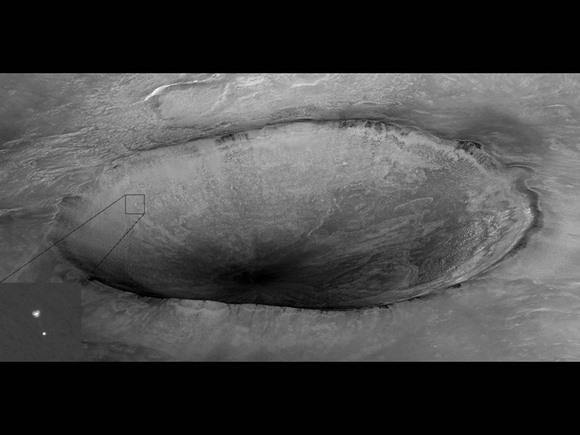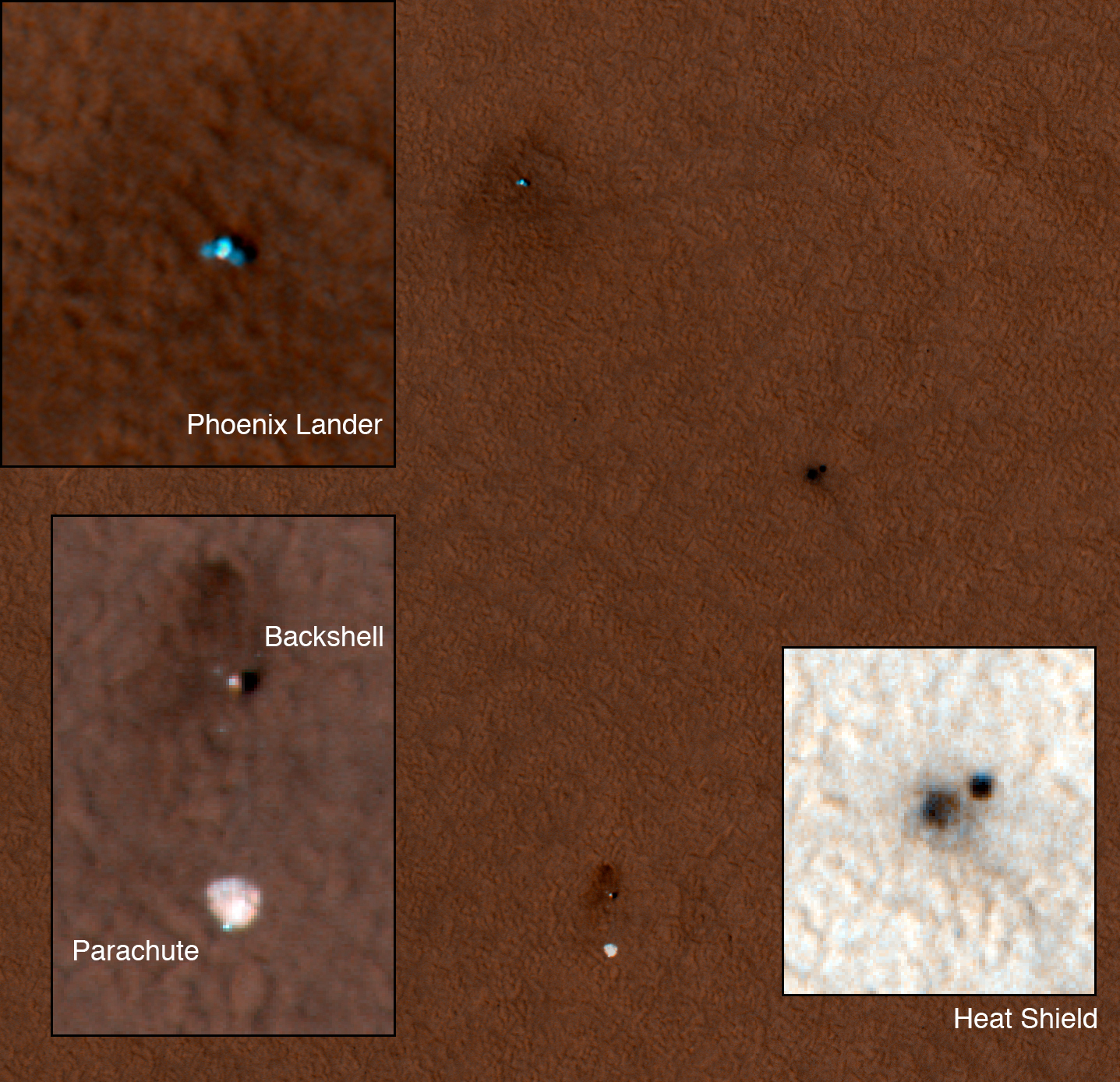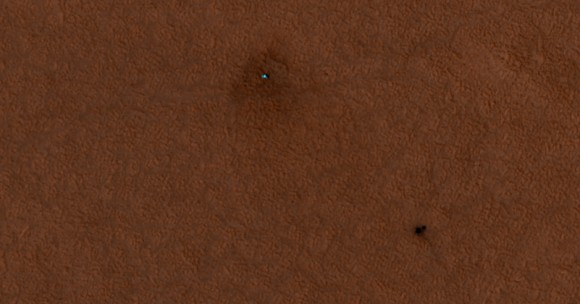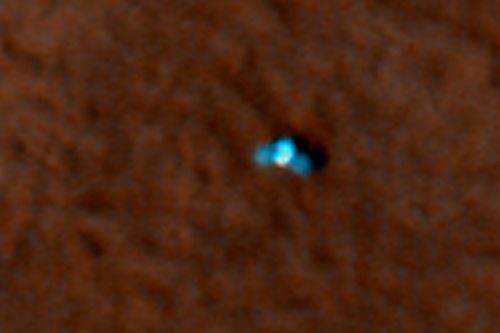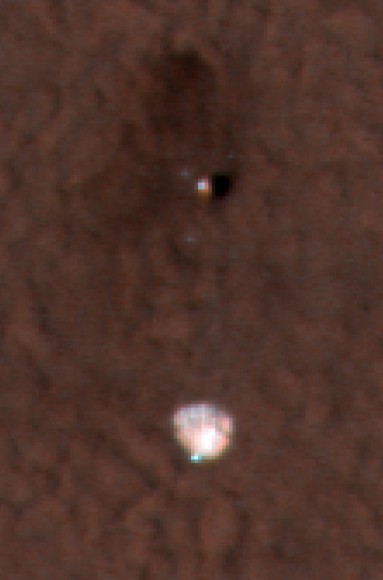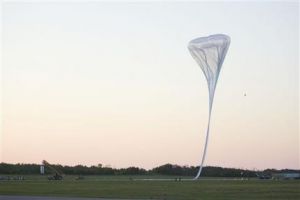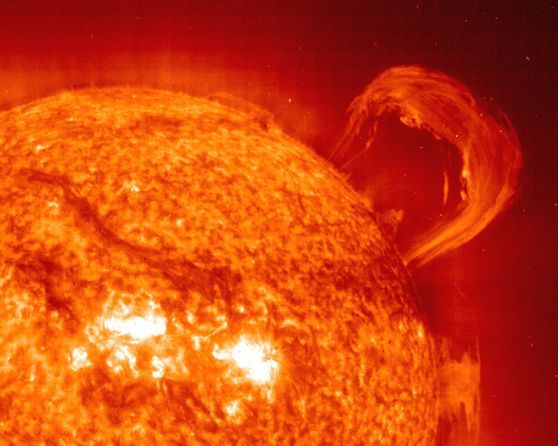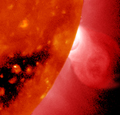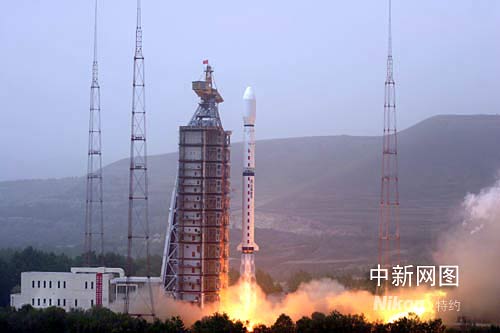Countdown for the next space shuttle mission, STS-124 will begin today, Wednesday May 28 at 3:00 pm EDT. Launch is scheduled for Saturday, May 31 at 5:02 pm EDT. The mission will deliver Japan’s Kibo pressurized module to the station, as well as some last minute, very important equipment: parts to repair a balky toilet on board the space station. The pump that separates the solids from the gas wastes for the toilet has been working only sporadically. The replacement parts are being flown in from Russia today, hand-carried in a diplomatic pouch, and will be added to the payload on board space shuttle Discovery. “Clearly, having a working toilet is a priority for us,” said NASA’s Scott Higginbotham, mission manager in the International Space Station and Spacecraft Processing Directorate. STS-124 is the 123rd flight of the space shuttle, the 26th flight to the station and the 35th flight for space shuttle Discovery.
Mission managers report everything looks good for launch on Saturday. The flight crew will be arriving today. All systems on the shuttle are in good shape and the Kibo module is securely installed in Discovery’s payload bay. Kibo is the largest pressurized module ever delivered to the ISS, but at 32,000 pounds (14,515 kilograms), it’s not the heaviest payload ever launched on board a shuttle. That was the S3/S4 truss delivered last year, which weighed 35,678 pounds (16,183-kilograms).
10 minute launch window starts at 4:57 pm, and launch is targeted for the middle of window at 5:02 pm. STS-124 is a 14 day mission, with 3 EVAs planned from the ISS airlock. If any launch delays occur, they could continue with four launch attempts in five days, and the only constraint is the GLAST launch planned for June 5.
In addition to the Kibo module and crew, 975 lbs of equipment will be going up on the flight, including the last minute addition of toilet repair parts, which Higginbotham described as “fairly significant pieces of hardware.” For more info on the toilet, see Jim Oberg’s article on MSNBC.
Currently, the weather looks good for a the Saturday launch.
Image: The STS-124 crew members pose for a portrait at NASA’s Johnson Space Center. From the left are astronauts Mark Kelly, commander; Ken Ham, pilot; Karen Nyberg, Ron Garan, Mike Fossum, Japan Aerospace Exploration Agency astronaut Akihiko Hoshide, and astronaut Greg Chamitoff, all mission specialists. Photo credit: NASA

